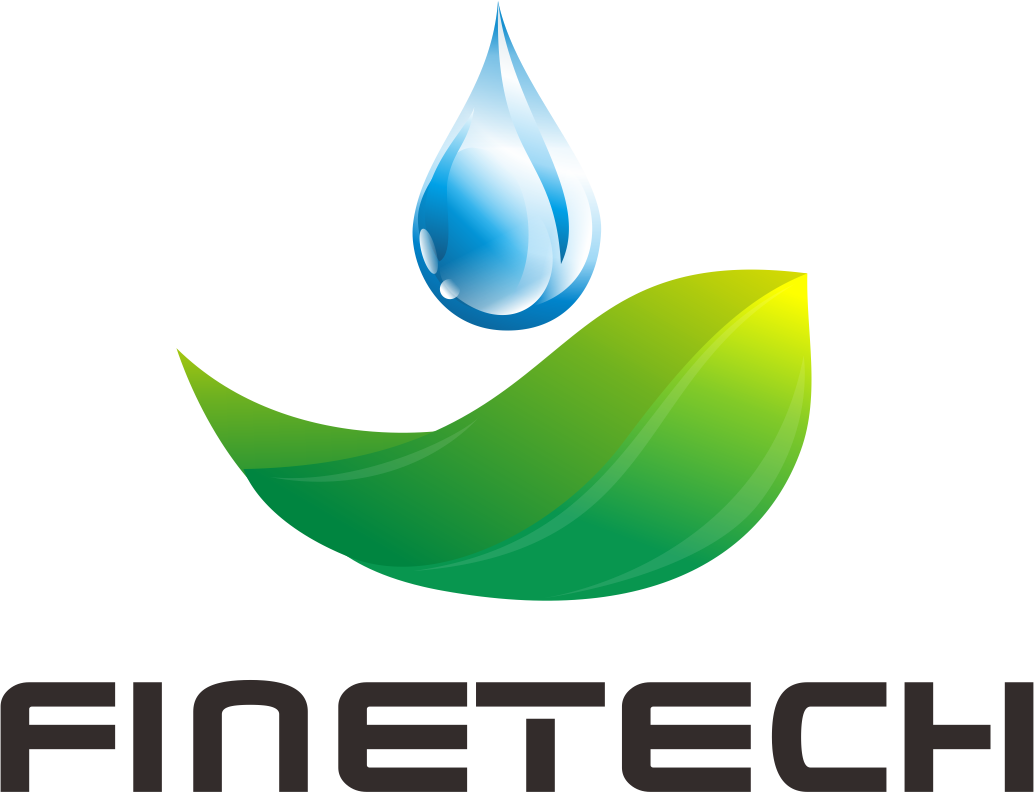Concerned about future price hikes or supply chain disruptions? Planning for the long term? Let's look at what's next for the xanthan gum market.
The future of the xanthan gum market will be shaped by new production technology, competition from other hydrocolloids, increased automation in quality control, potential trade policy impacts, and significant growth in non-food applications.
At FINETECH, I help my clients stay ahead of market trends. A smart buyer is always thinking five steps ahead. They need to anticipate market shifts to protect their business. Let's analyze the key forces that will shape the future of this essential ingredient.
How will new technology change Xanthan Gum production?
Is today's production technology already outdated? Worried that your supplier isn't innovating? Let's see how new tech will revolutionize manufacturing.
New technology, like CRISPR gene editing and AI-driven monitoring, will change production by creating higher-yield bacterial strains and optimizing fermentation. This will lead to greater efficiency, lower costs, and better sustainability.

Xanthan gum production is becoming a high-tech process. Future advancements will focus on two key areas. First, biotechnology1 like CRISPR will be used to engineer more efficient bacteria that produce more gum from the same amount of raw material, which will help stabilize costs. Second, Artificial Intelligence (AI) will monitor and control the fermentation process in real-time. This will maximize yield and create a level of product consistency that is impossible to achieve manually. These innovations will lead to a higher quality, more cost-effective, and more sustainable product.
Future vs. Today's Technology:
| Process Stage | Today's Technology | Future Technology | Benefit for the Buyer |
|---|---|---|---|
| Strain Development | Strain selection and mutation. | Precise genetic engineering (e.g., CRISPR). | Lower Cost, New Functionalities. |
| Process Control | Manual or semi-automated monitoring. | AI-driven real-time optimization. | Extreme Consistency, Higher Yield. |
| Purification | Primarily alcohol precipitation. | Advanced membrane filtration. | Improved Purity, Better environmental profile. |
Are other plant-based thickeners a major competitor to Xanthan Gum?
Hearing a lot about new, trendy ingredients? Worried that xanthan gum might be replaced? Let's assess the real threat from its competitors.
While thickeners like guar gum and citrus fiber are competitors, xanthan gum's unique combination of pH stability, shear-thinning properties, and clean-label appeal ensures it will remain a dominant and not easily replaceable hydrocolloid.

While other thickeners exist, none offer the same unique and versatile combination of properties as xanthan gum. Guar gum2, a common competitor, is often cheaper but fails in acidic products where xanthan gum excels. Newer "clean label" ingredients like citrus fiber3 sound good to consumers, but they lack the reliable and predictable functionality that food manufacturers need. Xanthan gum's key advantages—its stability in acid and heat, and its excellent shear-thinning texture—are a combination that is very difficult for any other single ingredient to match.
Competitor Snapshot:
| Thickener | Key Strength | Key Weakness vs. Xanthan |
|---|---|---|
| Xanthan Gum | Versatility, pH & Heat Stability | - |
| Guar Gum | Cost-effectiveness | Poor acid stability, different mouthfeel. |
| Tara Gum | Good mouthfeel, some synergy | Less available, less thickening power. |
| Citrus Fiber | "Whole food" clean-label appeal | Inconsistent performance, affects flavor. |
How will automation improve Xanthan Gum quality control?
Still relying on manual QC checks? Concerned about human error affecting your quality? Let's look at the future of automated quality control.
Automation will improve quality control with in-line sensors that monitor properties like viscosity in real-time. This reduces human error, allows for tighter specifications, and provides instant, secure digital quality data.

The future of Quality Control (QC) is moving from reactive to proactive. Instead of just testing a sample from a finished batch, factories will use in-line sensors4 to monitor the product continuously during production. If a parameter like particle size starts to drift, the system can adjust itself automatically to fix it. This prevents problems before they happen. For the buyer, this means an incredible level of consistency. It also means that quality data can be logged digitally and securely (perhaps using blockchain), providing you with an instant and unchangeable quality record for your shipment.
Future vs. Current Quality Control:
| QC Aspect | Current Method | Future Automated Method | Benefit for the Buyer |
|---|---|---|---|
| Data Collection | Manual sampling of finished batches. | Continuous in-line sensor monitoring. | 100% of product is monitored, not just samples. |
| Response | Reactive (detects problems after they happen). | Proactive (adjusts process to prevent problems). | Higher Consistency, Fewer out-of-spec batches. |
| Documentation | Paper or PDF CoA. | Instant, secure digital record (e.g., blockchain). | Ultimate Traceability and trust. |
How might trade tariffs affect the global price of Xanthan Gum?
Worried about sudden price swings from geopolitical tensions? Unsure how to protect your business? Let's analyze the potential impact of tariffs.
Trade tariffs on Chinese exports could directly increase the landed cost of xanthan gum in affected countries. This can lead to price volatility, shifts in global supply chains, and a greater need for careful cost management.

Xanthan gum is a global product, and China is the largest producer. This makes the market sensitive to trade policies. A tariff is simply a tax on an imported product. If a country imposes a 25% tariff on Chinese xanthan gum, the price for buyers in that country will likely increase by about 25%. This creates price volatility and can make sourcing from other, non-tariff countries more attractive, even if their base price is higher. A good sourcing partner like FINETECH helps you navigate these risks and understand the true landed cost of your product.
How is the use of Xanthan Gum growing in non-food industries?
Think xanthan gum is just for food? Missing out on growth in other huge markets? Let's explore its expanding use in non-food industries.
The use of xanthan gum is growing rapidly in non-food industries, especially in personal care (lotions), pharmaceuticals (drug suspensions), and industrial applications like oil drilling and paints.

While food is the biggest market, future growth will be strong in other sectors. In personal care5, its "natural" origin makes it a popular choice for thickening creams and lotions. In pharmaceuticals6, high-purity grades are used to suspend active drugs in liquid medicines, ensuring accurate dosing. In industrial applications, it is essential for things like oil drilling fluids, where it performs under extreme heat and pressure. The unique properties of xanthan gum make it a problem-solver in many different high-value industries.
Growing Non-Food Applications:
| Industry | Application Examples | Key Xanthan Gum Property Utilized |
|---|---|---|
| Personal Care | Creams, lotions, toothpaste | Emulsion stabilization, smooth texture ("mouthfeel"). |
| Pharmaceuticals | Liquid suspensions, tablets | Particle suspension, controlled release, binding. |
| Industrial | Oil drilling, paints, agriculture | Thickening, stability in harsh conditions (heat, salt). |
Conclusion
The future of xanthan gum is bright, driven by new technology, automated quality control, and strong growth in diverse non-food industries. Navigating this evolving market successfully requires staying informed.
-
Exploring this link will provide insights into cutting-edge biotechnological innovations that enhance food production efficiency. ↩
-
Exploring this link will provide insights into Guar gum's properties and how it compares to other thickeners. ↩
-
This resource will help you understand the functionality of citrus fiber and its limitations in food manufacturing. ↩
-
Explore how in-line sensors revolutionize quality control by providing real-time monitoring and adjustments during production. ↩
-
Explore this link to understand how natural ingredients enhance personal care products, making them safer and more effective. ↩
-
Discover the role of xanthan gum in pharmaceuticals, particularly in improving drug delivery and dosing accuracy. ↩


